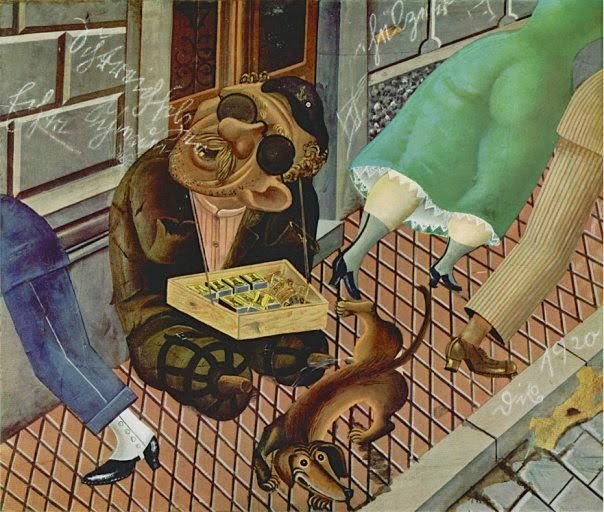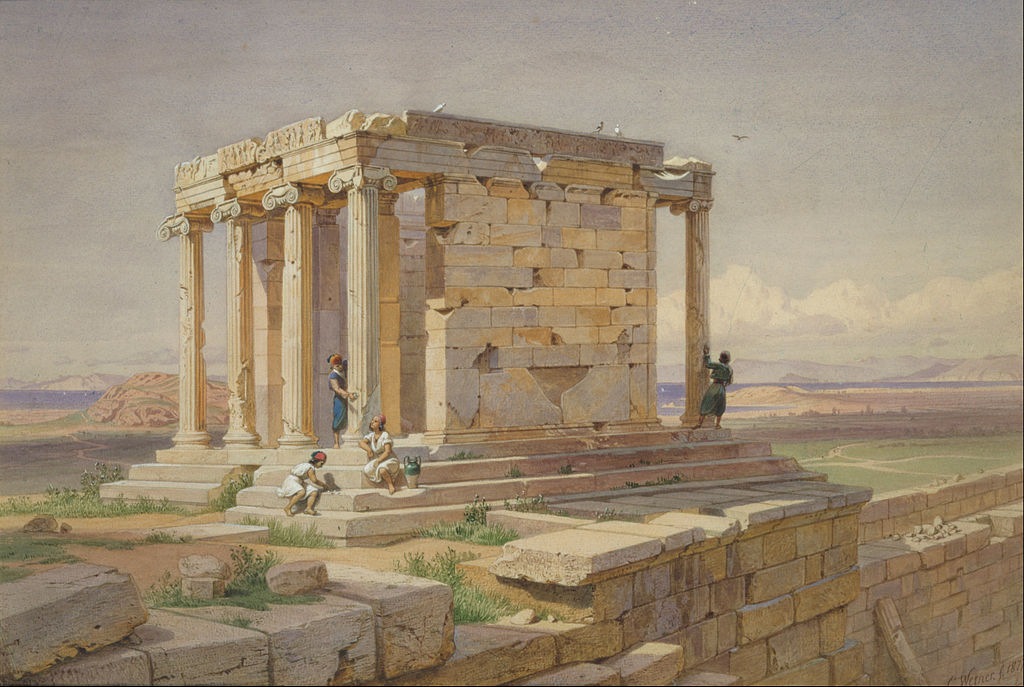Franz Kafka’s The Metamorphosis eerily captures the effects of various dehumanizing influences on the modern European family brought about in the name of economic surviva.
Gregor’s “metamorphosis” into an insect represents in vivid terms how a human being can imagine himself separated from the world in which he belongs, his very selfhood placed in jeopardy by his own family.
One of the most important aspects of the novella comes about at Gregor’s death, namely the role of the family. Gregor’s relationship with his parents is troubling. There is resentment between Gregor and his father.
When Gregor joins his family in the parlor, his father throws apples at him; one of them becomes embedded in his back and leaves him crippled, and eventually kills him. Instead of taking pity on his son, as one might expect, his father grows abusive.
Gregor’s mother faints at the very sight of him in his altered state. Her rejection of him is demoralizing. Grete continues to feed her brother.
Even in his present condition, Gregor still plans for Grete’s future, hoping to be able to send her to a music conservatory where she can continue to study violin. Having abandoned hopes of pursuing his own future, this giant insect absurdly puts all of his energies into getting his sister into a music conservatory.
Ironically, Gregor’s family becomes more self-sufficient as a result of his plight. His father has gone back to work. He no longer appears as an angry, disabled old man, but rather has undergone a metamorphosis of sorts into a bank messenger “holding himself very erect.”
Gregor’s mother sews piecework, and his sister has become a salesgirl. As they become more immersed in their new roles, the family members become increasingly indifferent to Gregor.
Grete begins to spend less time cleaning Gregor’s now filthy room, and is less attentive to his needs for food. The family has even begun to use his room for storage, making navigation extremely difficult for Gregor.
Gregor’s family is continuing to grow more resentful of him as they each grow to become more self–reliant and confident. Aware of their resentment, Gregor lies in his room and thinks “back on his family with deep emotion and love” until his death one night.”
After his death, the family members act as if they’ve been freed. “Well,” said Mr. Samsa, “now we can thank God.”
His parents and sister take off from work, which Gregor would never had done while he was supporting them, and take a streetcar out to the country to plan for a new future—another change.
Kafka weaves absurdity throughout his tale in obvious and subtle ways. Despite the fact that Gregor has been cast aside, so to speak, by his family, he still thinks of them lovingly. It can even be assumed that he died of a broken heart.
An interesting undercurrent of the story involves the changes that “flip-flop” between Gregor and his father. Gregor was strong as a result of his father’s failure. He crippled his father’s self-esteem and took over the father’s position in the family.
After the catastrophe, the same sequence took place in reverse. Gregor became weak and dependent, and his father maimed and ultimately killed him. As well, Grete became strong and beautiful. The family is happier after they are freed of Gregor’s stifling love.
It is Grete who succinctly sums up Gregor’s oppressive affection: “You just have to get rid of the idea that it’s Gregor. Believing it for so long, that is our real misfortune. But how can it be Gregor? If it were Gregor, he would have realized long ago that it isn’t possible for human beings to live with such a creature….But as it is, this animal prosecutes us…”
On the primary level, the “metamorphosis” involves Gregor, and his becoming an insect. However, as we read the story more closely, we discover a broader and deeper level of transformation – for ultimately, this story is profoundly embedded in the myth of death and resurrection.
Thus, it is with Gregor’s death that we see a resurrection on various levels, for it is this resurrection that is the metamorphosis of the story.
First of all, we realize that Gregor frees himself from the enslavement of his world. Thus, his death is not merely a meaningless fall of an insect; it is an act of liberation.
In fact, Gregor dies a very peaceful death, for he is utterly reconciled with himself, his death, ad his world: “He thought back on his family with deep emotion and love. His conviction that he would have to disappear was, if possible, even firmer than his sister’s. He remained in this state of empty and peaceful reflection until the tower clock struck three in the morning. He still saw that outside the window everything was beginning to grow light. Then, without his consent, his head sank down to the floor, and from his nostrils streamed his last weak breath.”
It is important to note that Gregor’s death takes place just as a new day is dawning; and it also takes place at the end of the March, just as the sterility of winter is giving way to new life in April.
The second level of the transformation takes place in Gregor’s parents. They have become self-sufficient, strong, and vibrant. While Gregor was alive, they were cacooned as if in a chrysalis.
In fact, Gregor’s father actively destroys his influence when he hurls the apples at him, one of which lodges in his back, perhaps leading to his death.
With Gregor’s death, they are freed of Gregor’s prison and they walk out of the house into the liberating light of spring and the promise of new life: “The car, in which they were the only passengers, was completely filled with warm sunshine. Leaning back comfortably in their seats, they discussed their prospects for the time to come, and it seemed on closer examination that these weren’t bad at all, for all three positions…were exceedingly advantageous and especially promising for the future.”
Lastly, it is Grete who is metamorphosed. No longer is she under Gregor’s wing; she has become a beautiful, young, vibrant woman. Like her father, she too actively sought the destruction of Gregor, as she realized that Gregor had to go; that was “the only answer.”
In the train ride together, her parents instantly realize the change that has come over their daughter. No longer is she pale and weak, but she has “blossomed into a good-looking shapely girl;” and her parents will soon “find her a good husband.”
All three have awakened from a nightmare into a dream: “And it was a confirmation of their new dreams and good intentions when at the end of the ride their daughter got up first and stretched her young body.”
If we extend the analogy of the insect world (suggested by Gregor’s transformation), we see that each member of the Samsa household has emerged from a larval stage into maturity, and hence freedom.
Gregor emerged from his larval stage and became an insect, through which he could free himself from the prison of his days. Mr. and Mrs. Samsa emerge and become independent and strong, and are freed from Gregor’s stifling love and worrisome care. And finally, Grete emerges as a beautiful, young woman, who brings with her the full promise of rebirth in the spring.

